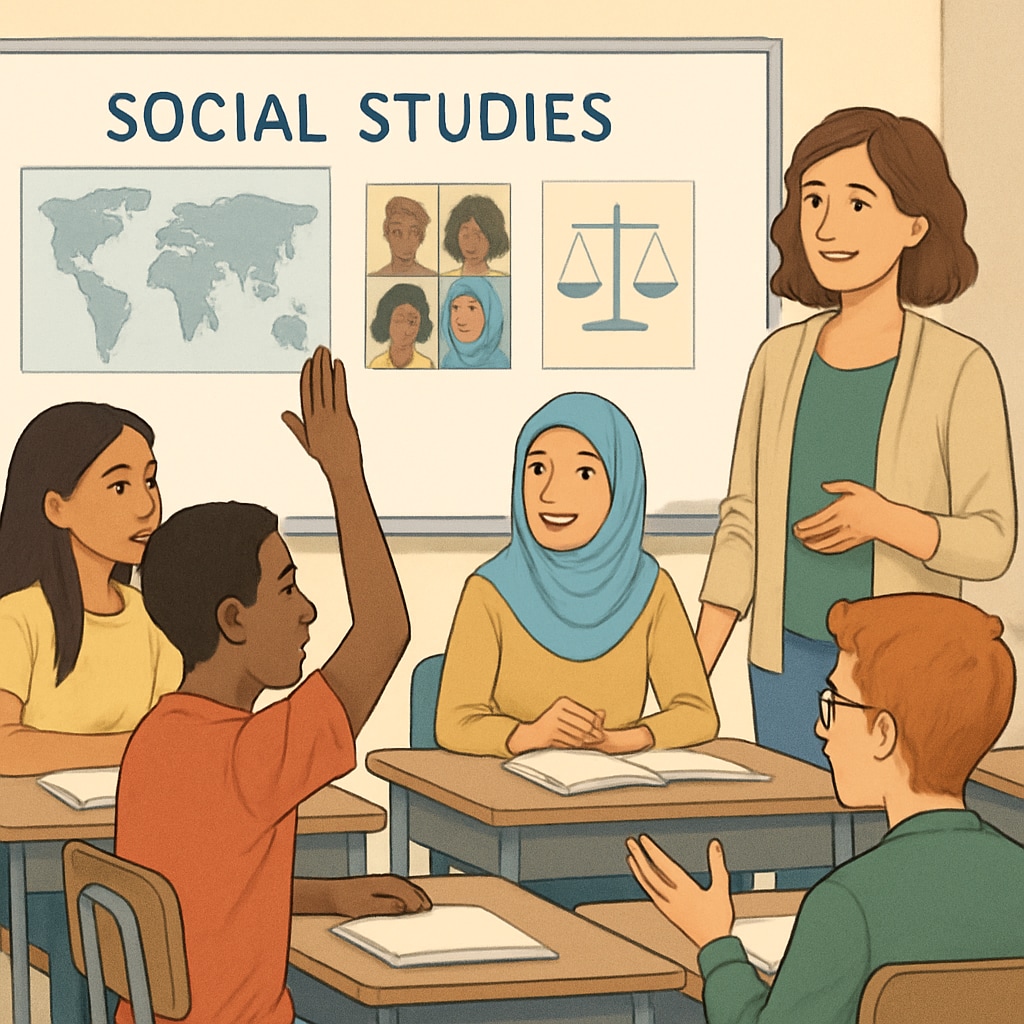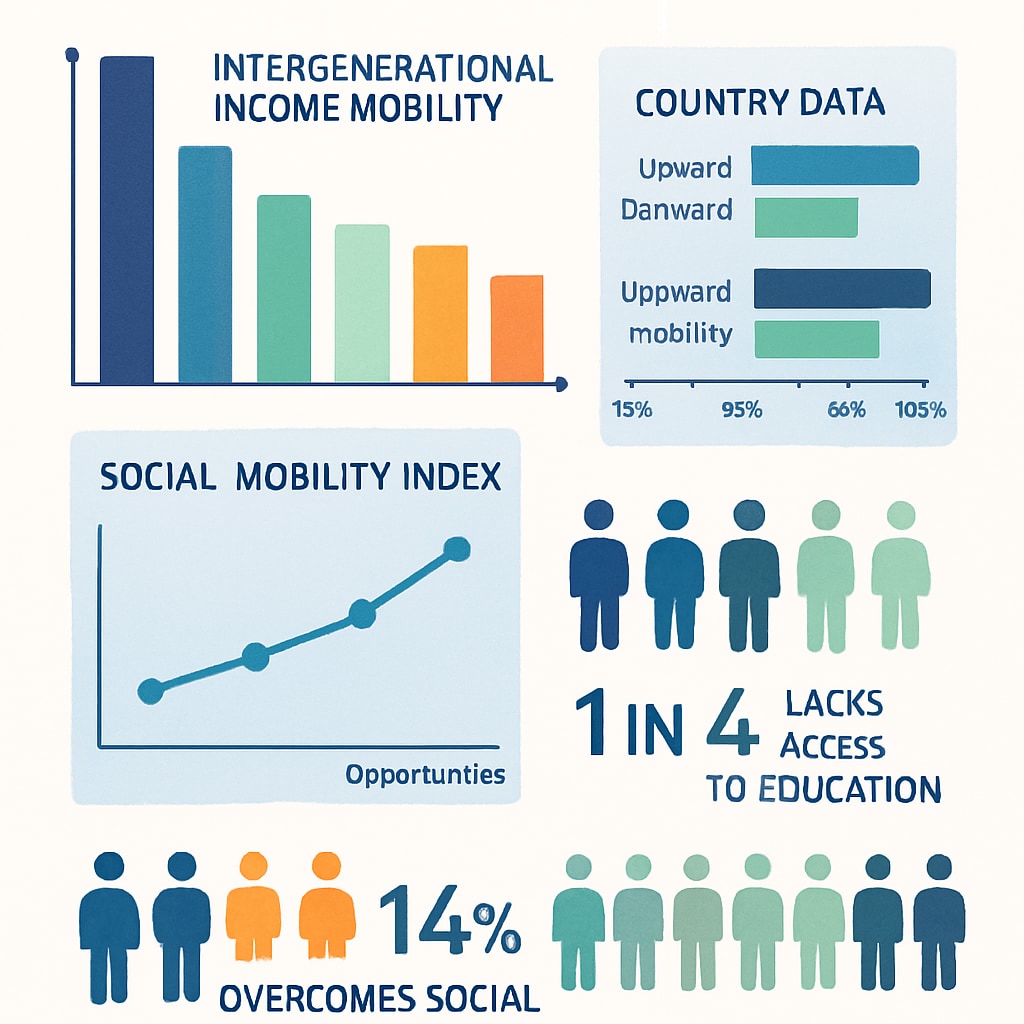The portrayal of class systems, social studies education, and social mobility in K-12 schools has sparked debates about whether educational institutions inadvertently promote a narrative of “class determinism.” This controversial topic raises concerns about how students are taught to view their place in society and whether schools should play a role in challenging or reinforcing societal structures. By exploring the implications of such teaching, this article advocates for a balanced approach that prioritizes critical thinking over ideological indoctrination.
Are Schools Teaching Class Determinism?
Class determinism refers to the idea that one’s social class is predestined and nearly impossible to change, regardless of effort or external circumstances. In some schools, discussions around class systems and social mobility may unintentionally frame these concepts as fixed realities. For example, textbooks or lessons that focus heavily on systemic barriers without offering examples of upward mobility can create a perception of inevitability.
While it’s essential to acknowledge the challenges posed by entrenched class systems, emphasizing only the obstacles may discourage students from striving for change. This raises the critical question: are schools equipping students with the tools to think critically about social structures, or are they fostering a sense of resignation?

The Impact on Student Worldviews
The way social studies education is framed significantly influences students’ understanding of social mobility and their ability to envision a different future. If lessons consistently highlight the difficulties of breaking free from one’s social class, students may internalize a sense of hopelessness. Conversely, a more balanced approach that includes success stories and systemic solutions could inspire them to challenge societal norms.
Moreover, the absence of diverse perspectives can lead to a narrow worldview. For instance, focusing solely on the disadvantages of certain groups without discussing historical examples of progress might unintentionally reinforce stereotypes or discourage empathy. As a result, schools must carefully design curricula that celebrate resilience and innovation while also addressing systemic issues.

Finding Balance in Social Studies Education
To avoid promoting “class determinism,” educators must strive for balance in teaching social systems and mobility. This can be achieved through strategies such as:
- Incorporating case studies of individuals or communities that successfully overcame systemic barriers.
- Encouraging open discussions about social issues, allowing students to explore multiple viewpoints.
- Providing actionable knowledge on how to navigate societal structures, such as financial literacy or civic engagement.
- Using diverse teaching materials that reflect various socioeconomic perspectives.
By fostering critical thinking, schools can empower students to analyze societal challenges without succumbing to despair.
Furthermore, collaboration between educators, policymakers, and sociologists is vital to ensure that curricula reflect nuanced understandings of social mobility. External resources such as Britannica’s guide to social mobility and Wikipedia’s overview on social mobility offer valuable insights for curriculum development.
Conclusion: Moving Beyond Class Determinism
The depiction of class systems, social studies education, and social mobility in schools is a delicate subject that requires careful handling. While it is important to address systemic barriers, educators must also inspire hope and resilience in students. Teaching about social mobility should aim to broaden young minds, encouraging them to think critically about societal issues and envision solutions.
As schools continue to refine their approach to social studies education, they have the power to shape how future generations perceive and interact with the world. By prioritizing balanced perspectives, educators can ensure that students leave the classroom with the tools to challenge injustice and strive for a better future.
Readability guidance: This article uses short, concise paragraphs and lists to enhance clarity. Transition words are incorporated throughout to ensure smooth reading, while passive voice is minimized.


